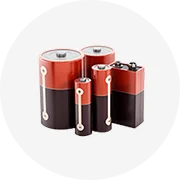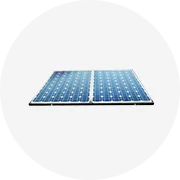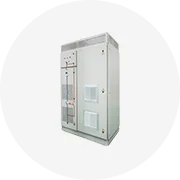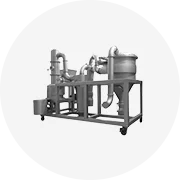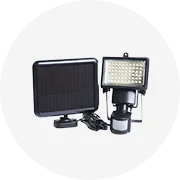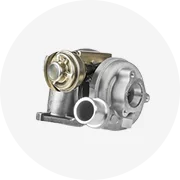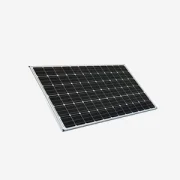Popular in your industry




































































Top categories
About lithium ion battery making raw material
Understanding Lithium Ion Battery Making Raw Material
The landscape of power storage is evolving, with lithium ion battery components at the forefront of this transformation. The raw materials used in the creation of lithium ion batteries are pivotal in determining their performance, longevity, and reliability. This category encompasses a variety of substances and elements essential for crafting the modern lithium ion cells that power a multitude of devices and machinery.
Types and Applications
Within the realm of lithium ion battery making raw material, there exists a diverse array of types, each serving specific roles in the battery's architecture. From cathode and anode materials to electrolytes and separators, each component plays a critical role in the battery's function. These materials are utilized in a wide range of applications, from small-scale electronics to large industrial power solutions.
Features and Materials
The features of lithium battery materials are as varied as their applications. They are engineered to ensure safety, energy density, and cycle life, which are crucial for the efficiency of the battery. The materials used, such as lithium metal, graphite, and various lithium compounds, are selected for their electrochemical properties, which contribute to the overall performance of the battery.
Advantages of Quality Raw Materials
High-grade lithium ion battery raw materials offer several advantages. They can enhance the battery's charge capacity, improve resistance to temperature fluctuations, and reduce susceptibility to corrosion. The longevity of a battery is often a direct reflection of the quality of its raw materials, emphasizing the importance of sourcing superior components.
Compatibility and Durability
Compatibility is a cornerstone in the selection of lithium ion battery making raw material. Materials must not only be compatible with lithium technology but also with other battery components. Durability is another critical factor, as the materials should ideally outlast the lifespan of the devices they power, ensuring continuous and reliable energy supply.
Environmental Considerations
Lastly, the environmental impact of lithium ion battery production materials is an ever-growing concern. Sustainable sourcing and manufacturing practices are integral to reducing the ecological footprint of these batteries, making the choice of raw materials a key consideration for a greener future.













